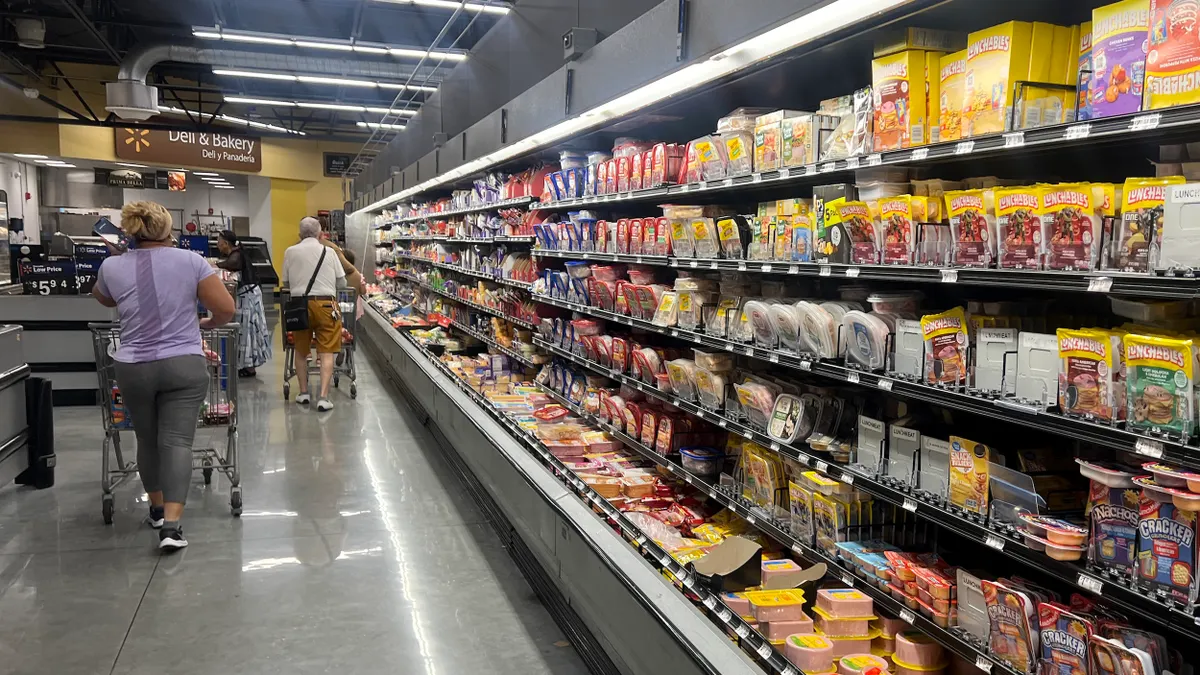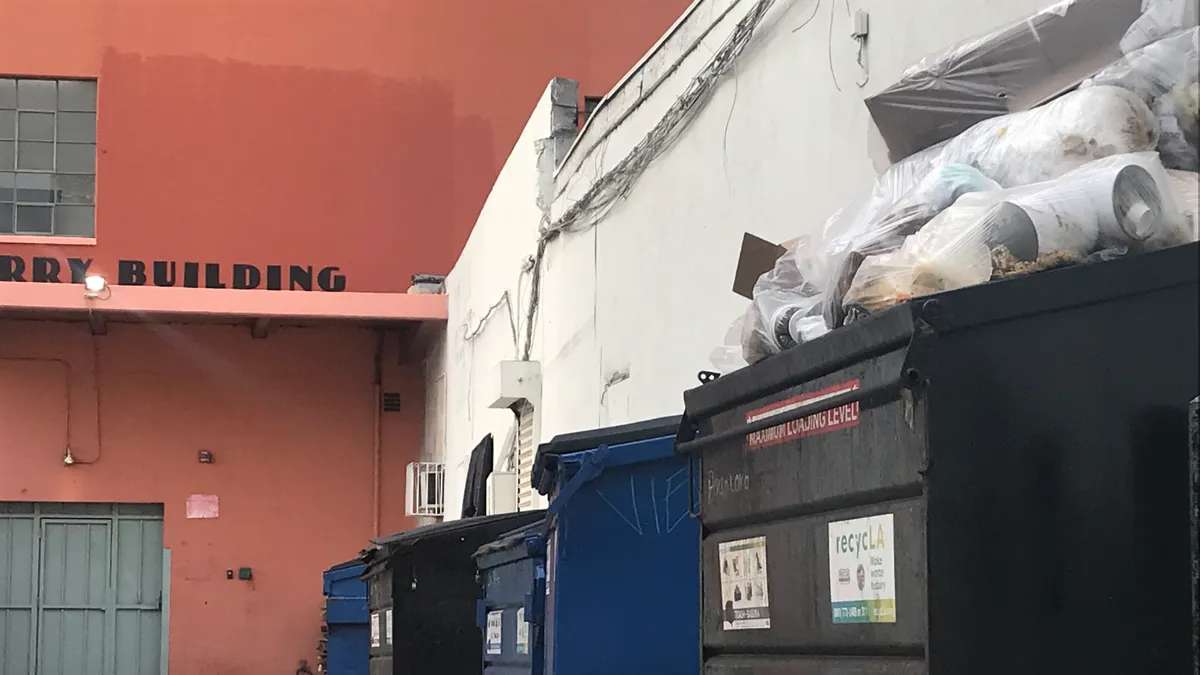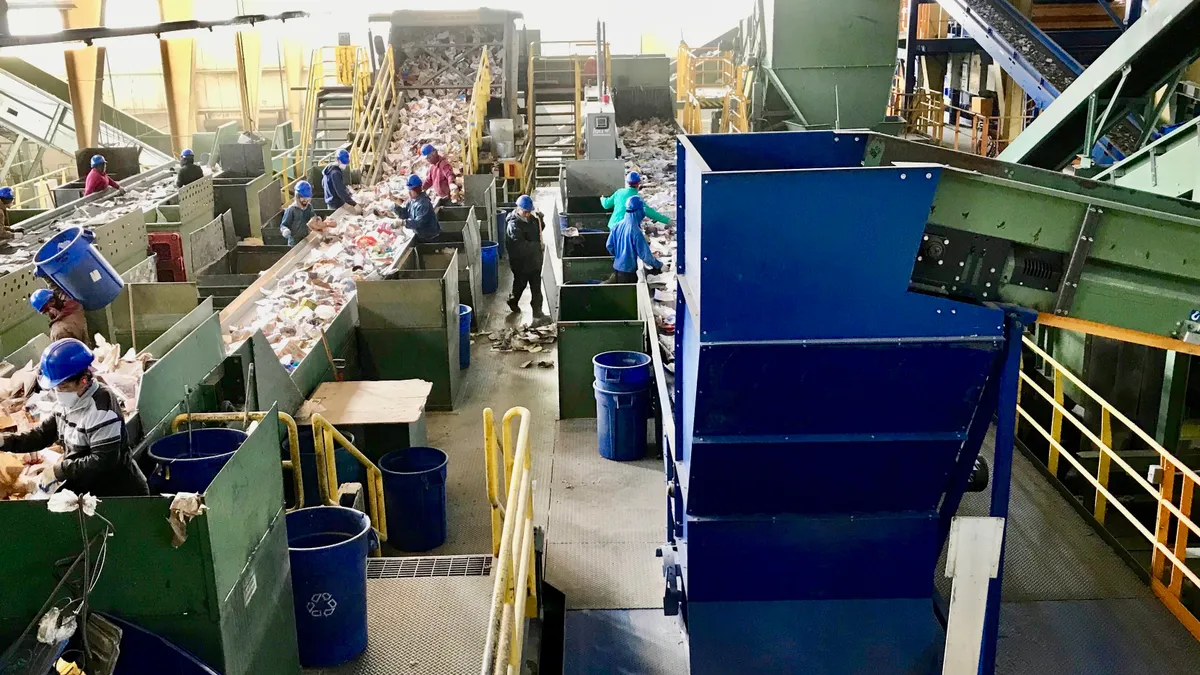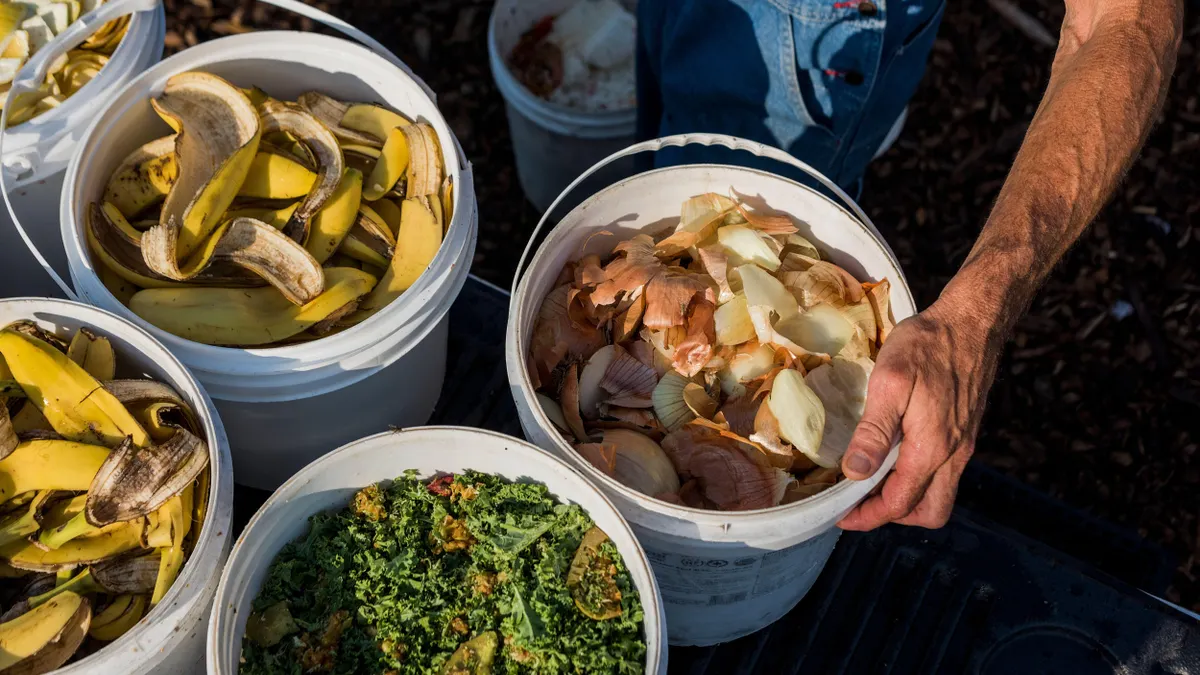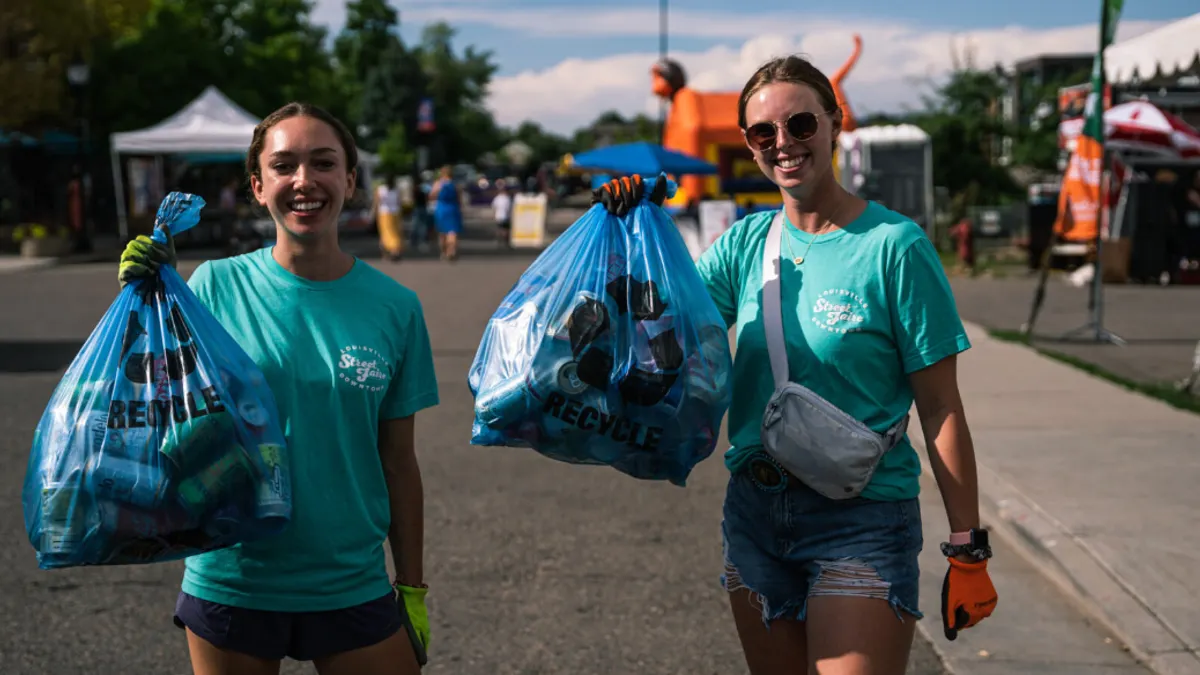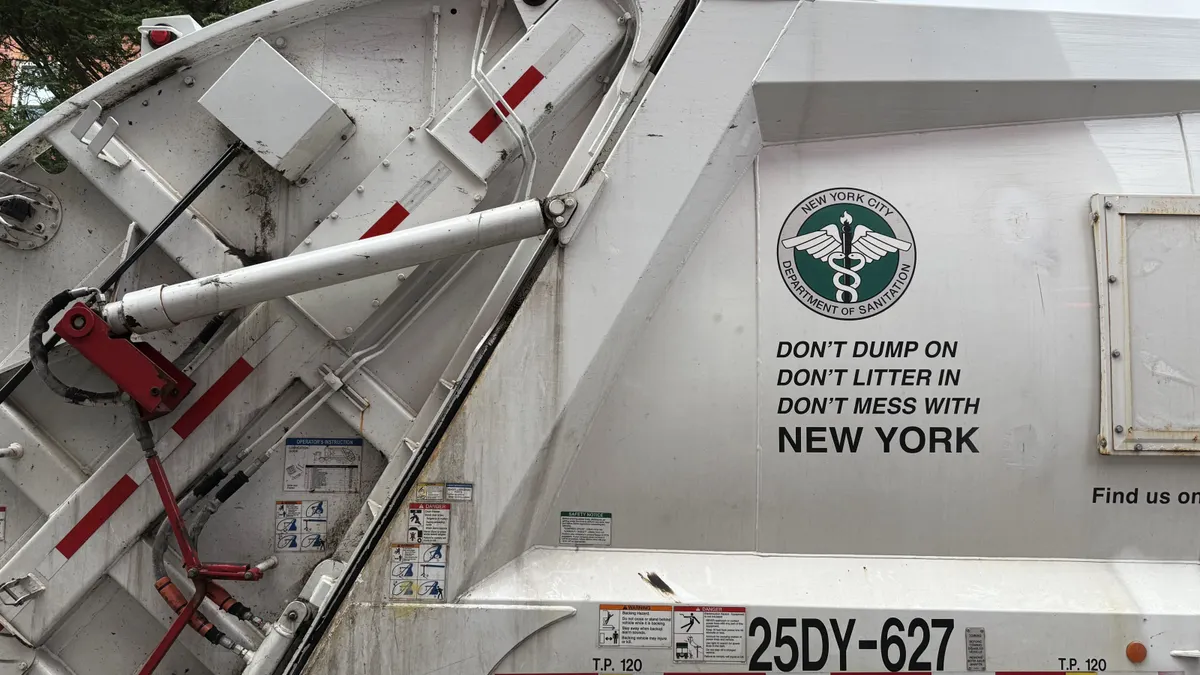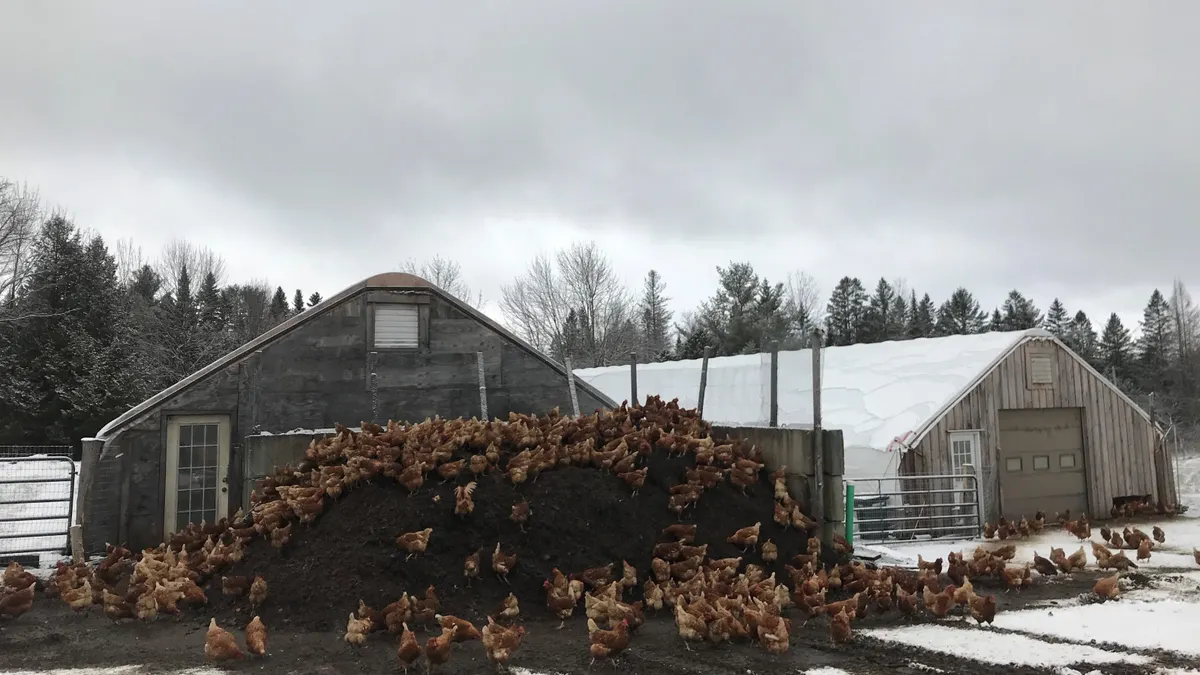From contaminated cucumbers to mislabeled energy drinks, food recalls have made several headlines this year. Suppliers and distributors likely do the same thing with those items that public health announcements direct shoppers to do: Throw them away.
The Food and Drug Administration and U.S. Department of Agriculture together oversaw 294 separate food recalls over the first half of 2025, according to a report from compliance firm Sedgwick. The FDA ordered more than twice as many units — nearly 85 million — be destroyed over the first six months of 2024. USDA recalls affected nearly 1.5 million pounds of food, nearly three times as much as the same time last year
While some companies may look for disposal alternatives, sources say most of those items probably end up in the landfill.
“There’s probably a lot of different potential, legally adequate and compliant ways of dealing with this. But everybody has a dumpster,” said Tracy Johnson-Hall, a clinical professor in operations and information systems management at William & Mary.
Other food chain problems like handling mishaps or expiration uncertainty create much higher volumes of food waste, but recalls still play a notable role. A growing number of companies have invested in depackaging technology to enable recovery of this food for recycling, but limited data is available on how much recalled food is included in their volumes. Wary of claims that edible items are getting landfilled or incinerated, multiple recyclers offering certified destruction services declined to speak for this story.
In many cases, items that are recalled, or simply never sent farther along in the supply chain, are perfectly safe for people to eat. These products can often feed into other businesses banking on consumers who are reluctant to see good food go to waste.
Navigating recall regulations
For companies with any goals or directives to cut back on how much of their inventory goes uneaten, there are other sources of waste they might prioritize cutting down on due to their sheer size. Nearly a quarter of all excess food stems from overproduction, for example, while nearly one fifth is never harvested.
Food safety concerns — not including date label issues — contribute to about 2.4% of all food waste generated in the U.S. each year, according to ReFED’s Food Waste Monitor.
Items are most often removed from sale voluntarily as a way of complying with rules set by the FDA and USDA. The federal departments can seize items, however, and help with the inspections and monitoring that catch contaminations and other concerns.
Workforce and funding cuts at the FDA this year could interfere with those activities. As a result, McGuireWoods, writing in the latest edition of the Sedgwick U.S. Recall Index Report, recommended that companies monitor product safety more proactively.
Meanwhile, consumers are expecting better recall systems and safety nets to catch potential problems. During an August webinar, staff from Sedgwick said these expectations make it challenging to see how food recalls could decrease in the coming years.
In theory, brands with recalled items could try and find management solutions that fit somewhere else in the wasted food scale, which places upcycling, converting to animal feed, composting and anaerobic digestion above landfilling. In reality, sources say those options get passed over for a range of reasons. Food products are most likely to be recalled because of allergen contamination — of those, milk is the leading issue — followed by pathogens.
“It's on you to make sure you don't put anything into commerce that is going to hurt someone,” says Mark Carter, a food quality and safety consultant and past president of the International Association for Food Protection. Any item with microbial, physical or chemical danger can’t reenter the market.
Some food producers are trying to lower the odds that an item needs to be pulled from sale to begin with. Packaging design and ingredient choices, like a recent interest in finding more “natural” additives that deter pathogens, could help with this ambition.
Products can sometimes reach shelves after issues have been fixed, but it’s rare. Cutting open individual bags of potato chips, dumping them, and rebagging the contents probably won’t work, Carter says, but putting granola bars into new, accurately-labeled pouches might.
Non-disposal options for recalled items are often possible. A wheat allergen wouldn’t get in the way of composting, for example, and Carter has seen recalled food be turned over to animal feed on occasion. But companies might see coordinating these disposal options as a hassle, Johnson-Hall said.
By the time a recall starts, a food item can be waiting in distribution centers or sitting on store shelves across the country. Federal disposal guidelines generally advise recall efforts to comply with state and local rules, Johnson-Hall said. The law in some places might require composting or anaerobic digestion. But otherwise, defaulting to standard operations everywhere else is likely easiest — and probably means a dumpster.
States with organics recycling mandates sometimes provide exceptions for recalled food. New York, for example, requires certain businesses and facilities to recycle food scraps, with one exception being items “subject to a recall or seizure due to the presence of pathogens.”
In Massachusetts, businesses and operations that produce a half ton or more of organic waste each week are banned from sending the materials to the trash, though there is a waiver for recall-related exemptions, said Lorenzo Macaluso, chief growth officer for the Center for EcoTechnology. Whether the paperwork is granted depends on what the waste contains and whether organics recyclers in the area are willing to accept it.
If available and legal, more conventional disposal may also offer more peace of mind. In a former job where expired sugar had to be managed, Johnson-Hall said her company considered repurposing the ingredient into insect bait before embracing incineration.
“At the end of the day, the company wanted to know that this stuff was gone,” she said.
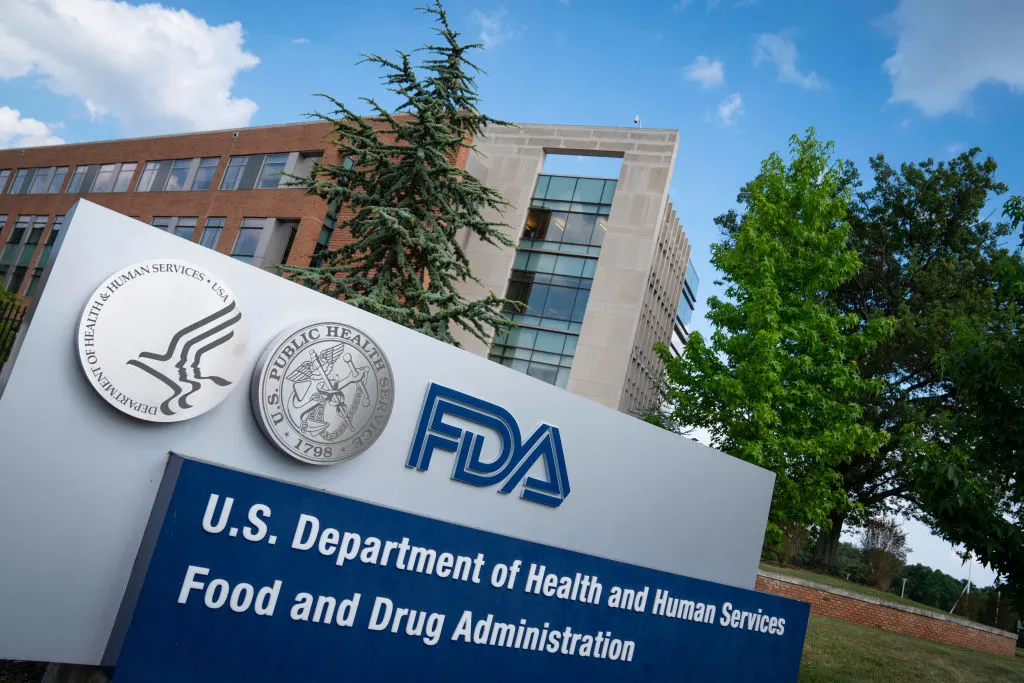
Upcycling opportunities
Food supply chains can also struggle with items that are safe to eat but don’t match corporate quality standards. Sources say these off-specification items — or if identified before being shipped to customers, internal quality failures — could be better managed.
Carter said brands have more of a motivation to repurpose these items, particularly if there is a long-enough shelf life. A baked good that came out slightly paler than expected might go to a discount store, or an intermediary facility could find a different client interested in some too-chunky peanut butter.
Misfits Market sees these kinds of mistakes as a ripe sales opportunity. Founded in 2018, the company works with growers and suppliers of private labels to route off-spec items or internal quality failures to a grocery delivery service, either as-is or incorporated into new products.
“If we can help find these higher, more elevated use streams for products that would otherwise be tilled, landfilled or made into animal feed — if we can uplevel that into a consumer packaged good — there’s a monetary benefit,” said Morgan Drummond, senior director of private label at the company. “We can help get them more ROI on this product that they may just get pennies on the dollar for.”
Misfits Market offers produce that doesn’t meet the top tier of USDA grading standards, which other retailers avoid. The guidelines for different crops often downgrade aesthetic differences — striping on apples, speckles on beans — that don’t affect taste or texture.
If the company doesn’t offer the foods as-is to customers, it might “rescue” or “upcycle” items into packaged goods, like using rice with too many broken grains for pudding. One Misfits Market supplier is a biscotti bakery that regularly sent broken bits to an animal feed system. Some crumbles still go to agricultural settings, but now Misfits incorporates biscotti pieces into other products and pays the producer more per pound.
The company has moved past the days where suppliers question its ability to make new products with the appropriate food safety measures. So far in 2025, Misfits Market has saved over 14 million pounds of food from becoming waste, according to Jessie Kimsey, a manager of category innovation and vendor strategy for CPGs with the company.
“If we could duplicate and clone ourselves, we could even embrace all of these opportunities that come with us,” Drummond said. Misfits Market can add new items or change options much faster than typical grocers, a skill that’s needed if product life is being extended, added Kimsey.
Some dexterity might be required because suppliers try and keep identical, repeated off-spec mistakes to a minimum. Production facilities are essentially cooking on large scales, so there are a myriad of ways that steps in the process can go wrong. Additionally, if a company finds that a mistake keeps happening, it would probably prefer to focus on stopping the problem over finding a way to repurpose the byproducts, Johnson-Hall said.
If a sales opportunity like what Misfits Market offers wouldn’t work, the quality failures could be better managed internally. Producers probably maintain relationships similar to what the biscotti makers have: Regular handovers to animal feed or composting operations for organic waste consistently made during production. Internal quality failures could get routed to those established disposal methods.
If producers are going to bear a greater responsibility for finding and taking care of recalls in the future, it will only add to existing concerns about the variety of other food waste the companies generate.
“I think they're very conscious of food waste. More so now, it's part of their mindset more than anything else,” said Carter.

